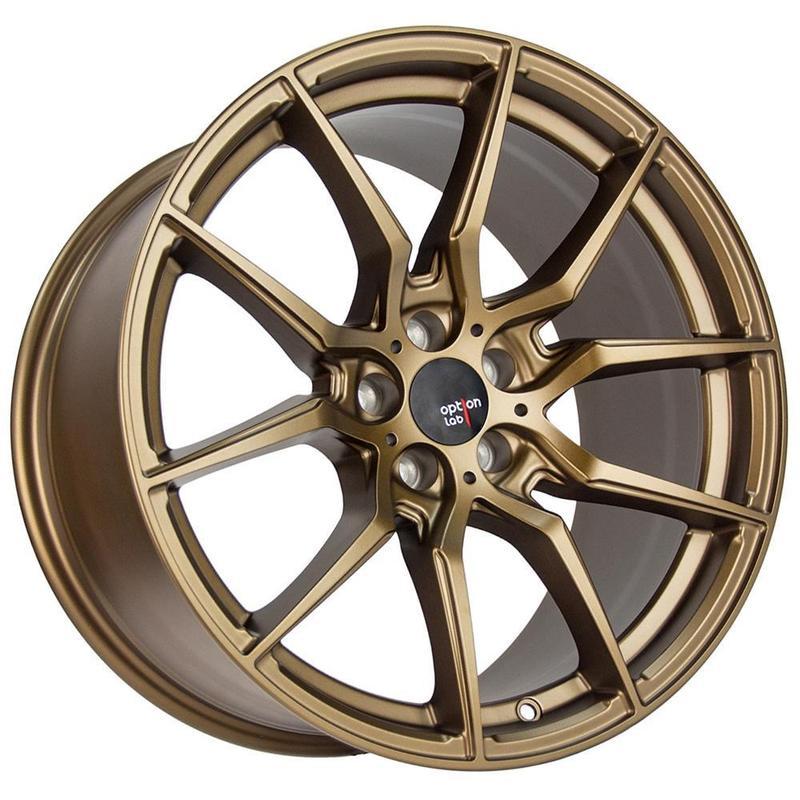Option Lab Testing and Certification
At Option Lab Wheels, we start every completed concept design off with computer simulated stress test also known as the Finite Element Analysis (FEA). This computer simulation allows us to see where the stress point, if any, is on the wheel. After mold completion, a small batch of wheels will be casted for testing purpose as computer simulation is merely a simulation. We put all of our wheels through three major tests – Impact, Cornering, and Radial Fatigue.
Impact test is performed with a approx 600 KG (1300 LB) piece of steel dropped onto the face of the wheel at 13° angle. This test simulates instances where the vehicle hits the curb, and the spokes must remain intact and not separated from the barrel.
Cornering test is performed by shaking the spokes laterally under load (approx 4000 Nm) at high frequency to simulate the vehicle being driven through a corner at high speed/stress for minimum of 95,000 cycles.
Radial fatigue test is performed with tire mounted on the wheel and spinning it for close to 2 million revolution while under approx 15000 N of load to simulate the stress of the wheel on a vehicle while carrying all passengers and cargo.
Besides the initial testing, we put every single Option Lab wheel through an X-Ray machine when they come off the casting line. Computer X-Ray machine will examine and detect if there are any air pocket within the casting; failed products will be automatically rejected and recycled. Low cost manufacturer will typically have a personnel examine the casting manually and some only checks it periodically.
After the wheels goes through most of the machining process, we put every single wheel through to test both run-out and balance.
Another critical part of the manufacturing process is checking for leaks. While the traditional method is to submerge the wheel in a water tank for 30 seconds and a person checks for air pocket, Option Lab utilizes Hydrogen gas test at approx 70 psi for 60 seconds, and computers will detect for leak.
Most of the aftermarket aluminum alloy wheels you find on the market will have a painted finish. You will also find wheels that are polished, anodized, and chromed with either liquid coating or Physical Vapor Deposition (PVD Chrome) aka Vacuum Chrome.
What sets each Option Lab Wheel apart from the competition is our 3-stage paint process; after each wheel comes off the CNC machine, it is laid on a conveyor belt with the lug pocket covered. While the wheels are on the belt, a spinner spins the wheel at a constant pace to allow the robotic arm to spray a coat of primer onto the wheel from various angles which allows the paint to stick to the bare metal surface. The robotic arm has a huge advantage over human operation in consistency; this minimizes the chance of uneven coating such as drips or unpainted surface. Then, each wheel will move through an oven to cure the primer. Afterwards, multiple coats of automotive paint will be sprayed through a High Velocity Low Pressure gun similar to painting of a car. After the paint has once again cured through the oven, clear coat is applied to prevent discoloring, rust or corrosion on the wheel. The procedure is also similar to that of Powder Coating, but liquid paint is used instead of powder.

